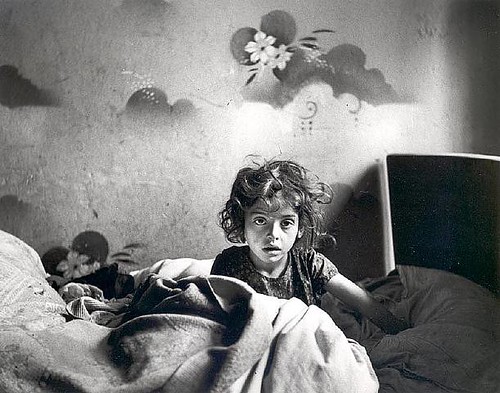Social media is a great tool to spread knowledge, facebook can serve as an example. All your friends see every statues update, and if the average member of Hornstein community has 300 facebook friends this means that at least 4,500 people see every statues update. The same goes with twitter.
Websites like http://bit.ly/ can assist in two ways, by shortening the blog URL address, and making it possible to use twitter. Second, this website contain the breakdown of how many people opened the link. Google analytics (www.google.com/analytics) also track the number of people that enter the blog.
Sunday, April 4, 2010
Friday, April 2, 2010
Roman Vishniac Revisited

It has come to light that some Vishniac's photos were staged, misrepresented, and selectively published. The captions that often presented exaggerated narratives which are contradicted by previously unpublished evidence. As a result a world of piety and poverty is portrayed as normative that actually only made up one segment of Eastern European Jewish society. Additionally, instead of traveling to Eastern Europe to answer a Divine call as he claimed, Vishniac was actually commissioned by the JDC to take photographs of distressed and impoverished Jews for purpose of fundraising.
How does this change the legacy of shtetl's most famous documentarian? Or perhaps more a more pertinent question: how does this affect the Jewish community's nostalgia for this time period? If the girl in the photo above in fact did not have to remain in bed all winter because she had no shoes as Vishniac claimed (she is shown in unpublished photographs with footwear), is the authenticity of Vishniac's work somehow perverted?
Like many, I was profoundly influenced by Vishniac's work when I first discovered it. The aptly titled A Vanished World created a portrait of lost world that has haunted me. That this reality may never have actually existed as it was presented feels painfully threatening to me. But why? Should this not create a more complete understanding of this place that is beyond my experience yet so intricately interwoven into my identity?
Subscribe to:
Posts (Atom)